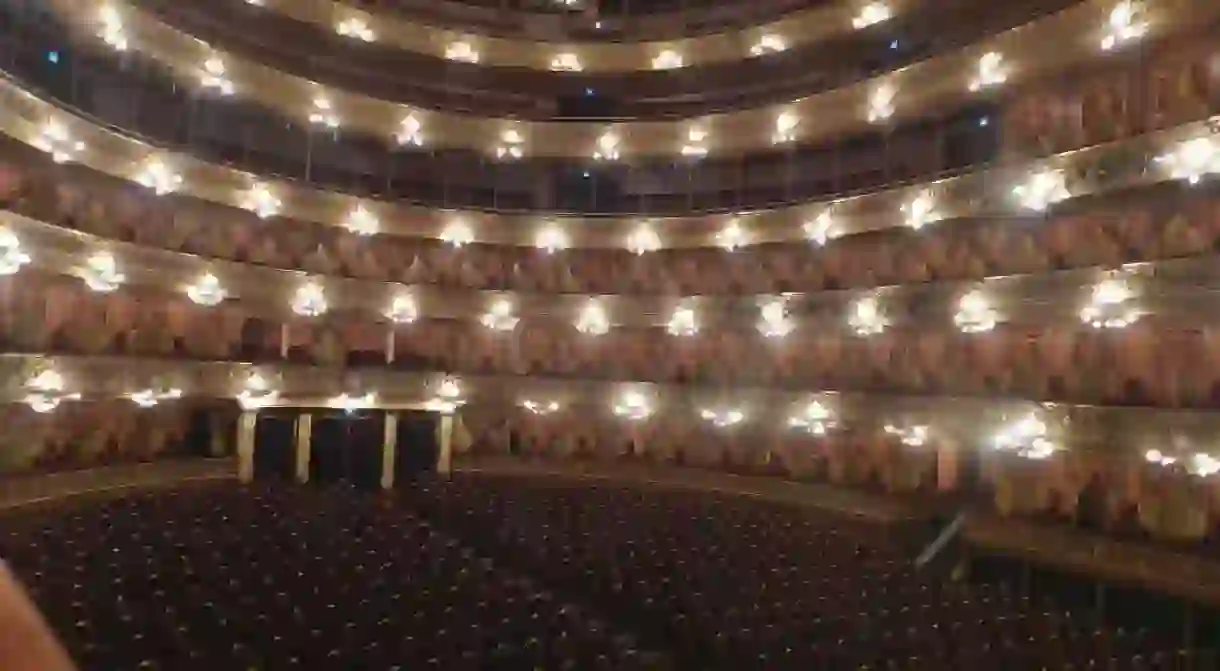5 Things You Need to Know About the Teatro Colón

Teatro Colón in Buenos Aires’ theater district, is ranked the third best opera house globally, by National Geographic and acoustically among the best five concert venues in the world. Here is everything you need to know about this absolutely spectacular venue.
Teatro Colon the First
The original theater opened in 1857 with the present building enjoying its inauguration on May 25, 1908, with Verdi’s Aida.
The original theater owes its existence in part to a string of brothels — and the church going people of Buenos Aires. Tired of their grand avenue being crowded with ‘houses of ill-repute’, the opera-loving European immigrants felt their new home needed a slice of sophistication.
Designed by Charles Pellegrini, the Colón was a success for more than three decades. Two thousand, five hundred could be seated in the main rotunda. A separate gallery was built for people in mourning due to the yellow fever epidemic still sweeping the South American country.
It was then closed and a new theater was proposed. An all-hands-on-deck building program was started as Italian and Portuguese marble were imported and a variety of architects were hired — and fired.

Current Teatro Colon
Situated between 9 de Julio Avenida, Libertad Street, Arturo Toscanini Street and Tucuman Street, the site was initially the Ferrocarril Oeste’s Plaza Parque.
The U-shaped main room can seat just over 2,400 and has standing room for 1,000 more. The stage, 20m wide and 20m deep, is partly responsible for the acoustics which Pavarotti said made for a great performance venue.

Guided Tours
Lasting roughly an hour, and presented in both English and Spanish, guided tours show visitors everything from the front entrance to the performance hall, the museum and the inner workings behind the scenes. Visitors are allowed to take photographs, but only in designated places.
When entering the building be sure to look at the stained glass ceiling from Paris. Vittorio Meano, who took over the head architect’s position when the first architect died, described the building as having, “characteristics of the Italian Renaissance, the proper planning of German architecture and the charm and variety of French architecture.”
The theater’s website describes the tour as allowing visitors to, “feel its magic and mystical in every step. Every guest will feel privileged.”

Golden Hall
Fashioned after Versailles, the walls are painted in 24-carat gold leaf and gold powder. Close to one of the mirrors is a small golden square that looks out of place. It’s not a mistake. The ornament was deliberately left to show what the walls were like after 100 years of pollution and smoking.

Refurbishment
Originally planned to be a $25 million, 18-month renovation turned into a three-year effort with the final cost coming in at over $100 million. Altogether, over 645,800 square feet were updated — inside and out.













